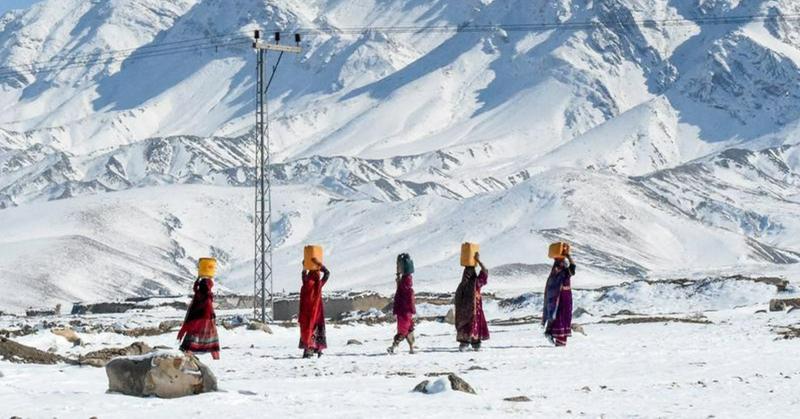Life Was Cheap In The U.S.S.R.: The 1982 Salang Tunnel Disaster
By | June 1, 2021

Tucked within the rocky wilderness of the Hindu Kush mountains is a nearly two-mile tunnel which, despite its relatively short distance, is critical to connecting the northern and southern regions of Afghanistan. Before the Salang Tunnel was built in 1964, it took more than 72 hours to reach Kabul from Herat, a trek which nowadays only takes about 10. It's now considered the economic backbone of the nation, but things haven't always been cheery with the mountain pass. Time and time again, this all-important lifeline has proved a disastrous deathtrap.
The Salang Tunnel Fire
The Soviet Union's invasion of Afghanistan in December 1979 began testing the Salang Tunnel's safety almost immediately, as on February 23, 1980, a build up of exhaust fumes killed 16 Soviet soldiers who were attempting to move a heavy missile through the poorly ventilated pass. However, nothing showed the tunnel's true claustrophobic terror like the Salang Tunnel fire of 1982, when a large Soviet convoy made the drastic mistake of taking the perilous shortcut. The tunnel, originally built with cars and goods transport in mind, did not do well with congested traffic from large vehicles, and the dust and debris from the unpaved road obscure any driver's vision. It was a recipe for catastrophe that came out of the oven when a fuel truck accidentally hit the truck in front of it and there was nowhere for the resulting fireball to go but sideways.

The Initial Effects Of The Salang Tunnel Fire
The immediate loss was quick, as an estimated 30 buses carrying soldiers also blew up after the initial burst. Drivers further out in the tunnel, unaware of the catastrophe, stayed stalled in their running cars, creating a carbon monoxide surplus that only fed the encroaching flames and resulted in many deaths from smoke inhalation and monoxide poisoning. Unfortunately, the fuel truck collision happened to take place in the very center of the 1.7-mile stretch, so communication was cut off from either side who tried to flee the ever-growing fires.
Without any information from inside the tunnel, the Soviet guards placed outside assumed the explosion was an attack by rebel Afghan forces and made the harrowing decision to close off both ends of the tunnel to prevent the "attack" from reaching the military posts on either side. The Mujaheddin guerrilla fighters had targeted tunnels in the past to ambush the Soviets, so it's not like they were leaping to wild conclusions, but closing the tunnel was still a drastic measure that left soldiers and civilians alike with no hope of escape.

The Aftermath Of The Salang Tunnel Fire
The real number of lives lost in the Salang Tunnel fire is unknown, as it was an active passageway and the Soviet Union was notorious for lowballing fatalities when the event turned out to be their fault. (The official death toll of Chernobyl is a shockingly low 31, despite evidence that thousands died in the fallout.) Officially, it stands that 64 Soviets and around 100 Afghan residents were killed in the fire, but outside sources estimate that the true death toll was as high as 3,000.
Since then, the tunnel has been a song of ice rather than fire, as avalanches in 2002, 2009, and 2010 have resulted in the deaths of hundreds of people who got stuck and froze to death. In May 2012, the Afghan government finally decided to do something about this concrete coffin and teamed up with the United States Agency for International Development to improve the pass after President Barack Obama announced Afghanistan as a non-N.A.T.O. ally. As of 2021, however, the new tunnel has not broken ground, and the original tunnel still ferries thousands of automobiles on a daily basis.

